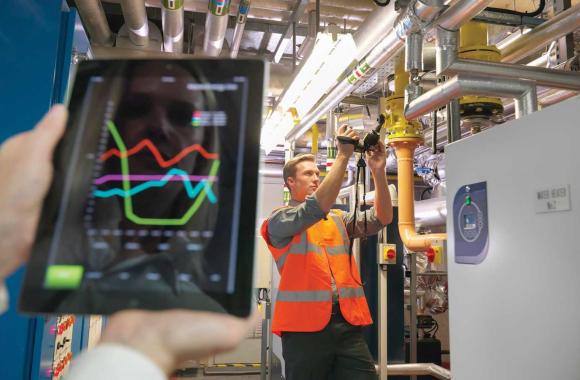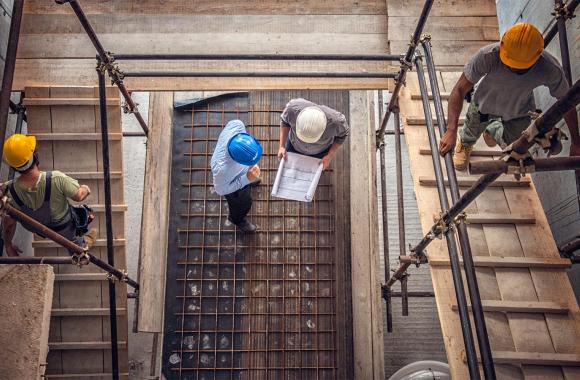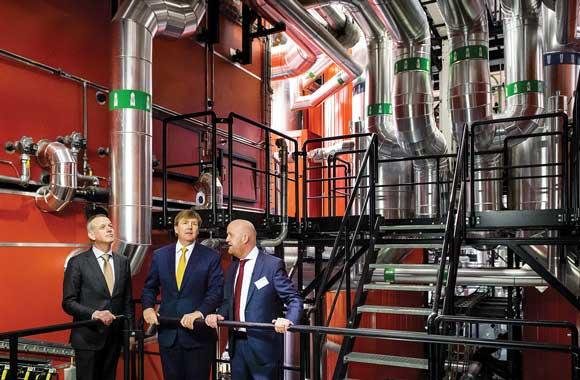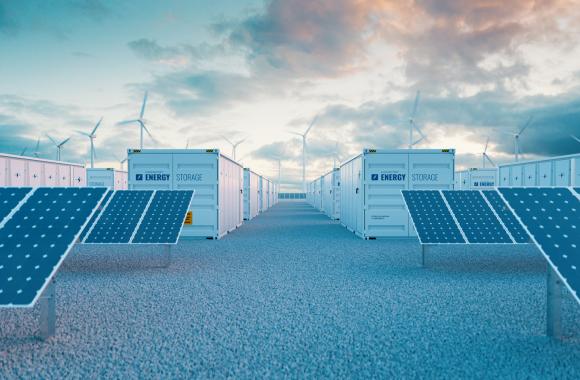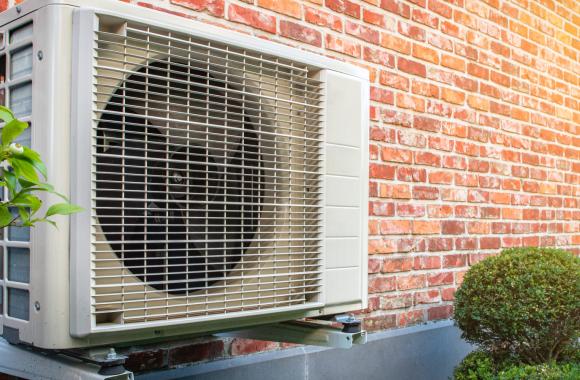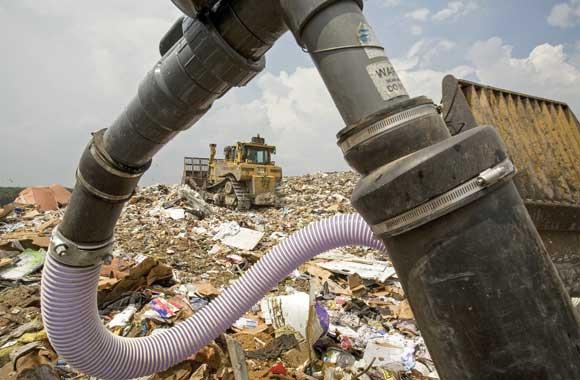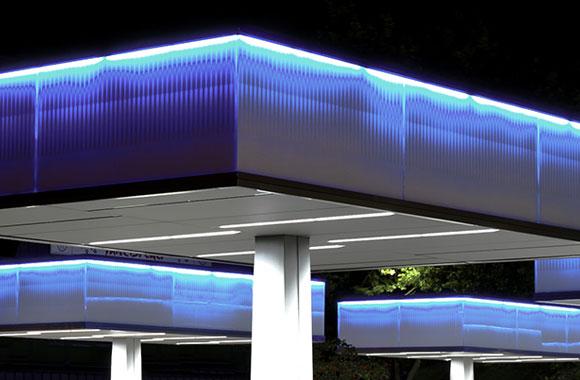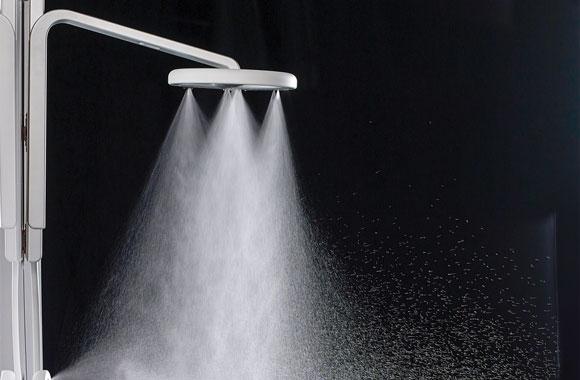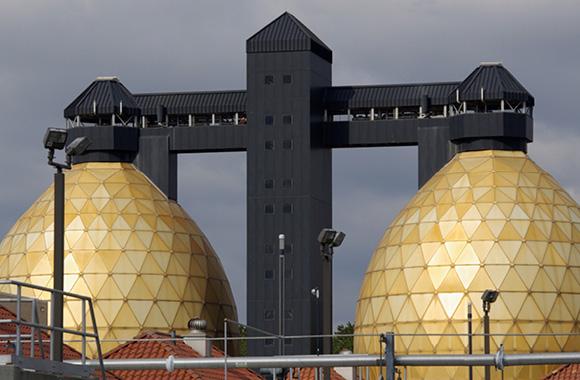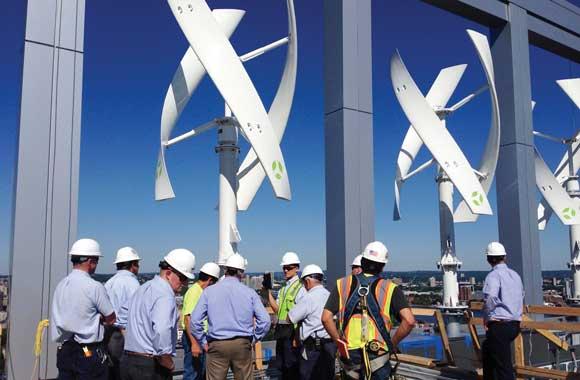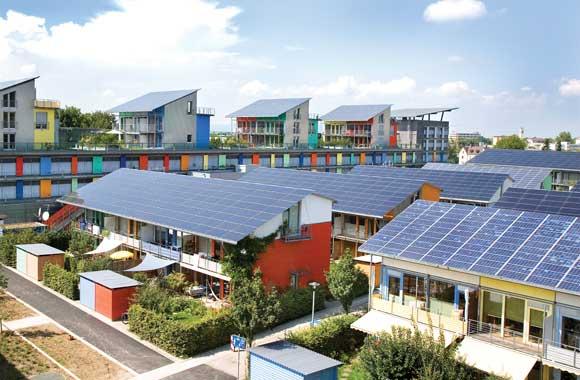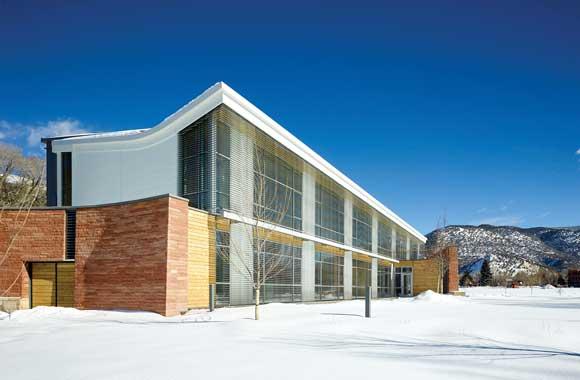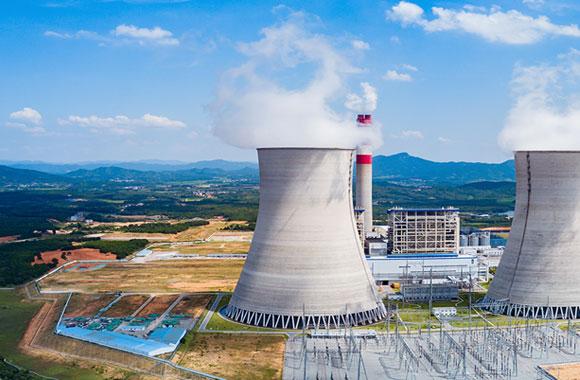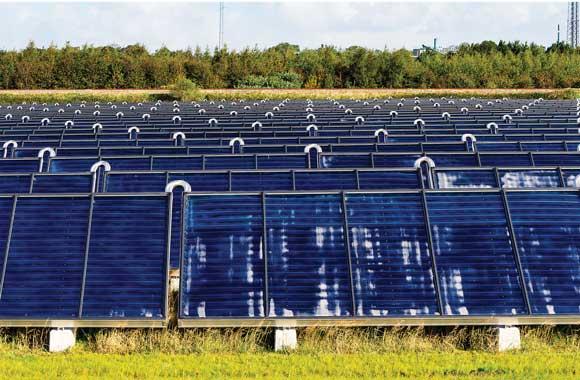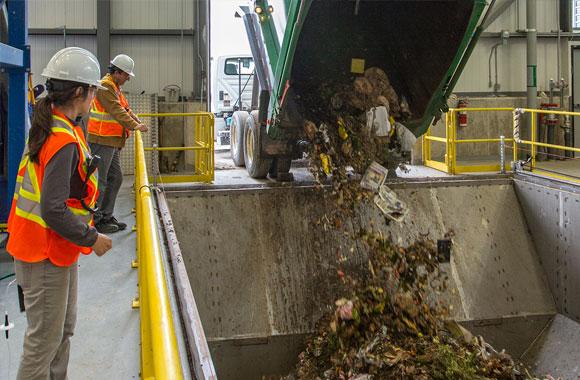Smart Thermostats
Thermostats regulate space heating and cooling. Smart thermostats use algorithms and sensors to boost energy efficiency and lower emissions.
Reduced/Sequestered
2020–2050
To Implement
Operational Savings
Impact
We project that smart thermostats could grow from 3 percent to 55–59 percent of households with Internet access by 2050, boosting energy efficiency in 1.4–1.5 billion homes. Reduced energy use could avoid 6.91–7.25 gigatons of carbon dioxide equivalent emissions for an investment of US$162.48–181.41 billion. Return on investment is high: smart thermostats can save their owners US$1.79–2.02 trillion on utility bills over the lifetime of the units.
Introduction
The built environment accounts for a substantial portion of global energy consumption and expense, and there is significant room for improvement in how the energy used to heat and cool buildings is managed, especially in the residential sector.
Thermostats require manual operation or preset programming to adjust temperatures to meet changing needs. Smart thermostats reduce the need for human intervention, thereby driving more predictable energy savings.
Smart thermostats connect to the Internet to allow settings control from anywhere. They gather and analyze data over time and adjust demand accordingly. They detect occupancy, learn inhabitants’ preferences, and nudge users toward more efficient behavior. Occupants can still turn the temperature up and down, but the devices remember choices and memorize routines to boost efficiency. Some also reduce consumption at times of peak energy use, peak prices, and peak emissions. Overall, they save 10–15 percent of energy needs while improving comfort and convenience.
Project Drawdown’s Smart Thermostats solution uses Internet-connected devices in households that reduce the heating and cooling demand of homes by using sensors and intelligent settings to maintain building comfort. This solution replaces conventional home thermostats.
Methodology
Total Addressable Market
Much of the energy savings benefits of smart thermostats requires the Internet, so we used the number of Internet-enabled households for the total addressable market. We calculated this by assessing the relationship between the number of Internet-enabled households and the global average gross domestic product (GDP) per capita using UN and International Telecommunications Union (ITU) data. We then used projections for GDP per capita to project how the number of Internet-enabled households would change over 2020 to 2050.
Current adoption of smart thermostats (defined as the amount of functional demand supplied in 2018, with 2014 as the base year) is roughly 3 percent of the market globally, primarily in the US and Europe (37 million households).
Adoption Scenarios
We calculated impacts of increased adoption of smart thermostats from 2020 to 2050 by comparing two scenarios with a reference scenario in which the market share was fixed at current levels.
- Scenario 1: 1.41 billion households have adopted smart thermostats (55 percent of the total addressable market).
- Scenario 2: 1.53 billion households have adopted smart thermostats (59 percent of the total addressable market).
Emissions Model
Emissions numbers came from electricity and fuel consumption average values for grid emissions factors and natural gas emissions factors using data from the Intergovernmental Panel on Climate Change (IPCC).
Financial Model
All monetary values are presented in 2014 US$.
We derived net first costs to implement for conventional and smart thermostats from the averages of 17 and 18 data points, respectively, from retailer websites covering the US, UK, and EU. We assumed no installation costs. This produced an average conventional price of US$38 and an average smart thermostat price of US$182. We applied a 13 percent learning rate to the solution based on data on air conditioners. For operating costs we used the electricity cost for cooling and fuel costs of heating homes using data for the US, EU, and China.
Integration
We integrated the Smart Thermostats solution with others in the Buildings sector by first prioritizing all solutions according to the point of impact on building energy usage. This meant that building envelope solutions like Insulation were first, building systems like Building Automation Systems were second, and building applications like High-Efficiency Heat Pumps were last. We calculated the impact on building energy demand for highest-priority solutions and reduced energy-related smart thermostats input values to represent the impact of higher building envelope solutions.
Although we use the term “priority,” we do not mean to say that any solution is of greater importance than any other. Rather, we mean that for estimating the total impact of all building solutions, we simply applied the impacts of some solutions before others, and used the output energy demand after application of a higher-priority solution as the energy demand input to a lower-priority solution.
Results
Scenario 1 avoids 6.91 gigatons of carbon dioxide equivalent greenhouse gas emissions. The net first cost to implement would be US$162.48 billion, but it would save US$1.78 trillion in lifetime operating costs due to reduced energy consumption for space heating and cooling.
Scenario 2 avoids 7.25 gigatons of carbon dioxide-equivalent emissions provides and US$2.02 trillion in lifetime net operational savings. The net first cost to implement is US$181.41 billion.
Discussion
Based on the financial impacts alone, it is clear that global adoption of the Smart Thermostats solution is economically viable and could provide a significant return on investment. The benefits that smart thermostats provide are substantial enough that they may well become a replacement technology for mechanical or programmable thermostats. However, widespread adoption will take time.
The high up-front cost of smart thermostats has inhibited growth to date. Other barriers to adoption include access to the Internet and compatible heating and cooling systems. In many lower-income countries with warm climates, the lack of centralized digital air-conditioning systems inhibits use. However, our data indicate that the financial benefits are similar between heating and cooling, so smart thermostats could grow with the increased use of newer air conditioning systems.
As competitors enter the market, we expect the price of smart thermostats to drop, and, as household Internet access and centralized heating and cooling system use grows, adoption will accelerate. Growth could be further driven with government and utility support and through the development of programs that demonstrate to consumers the benefits of smart thermostats.
What You Can Do
Install a smart thermostat in your home or place of business.
Encourage your utility or community to temporarily offer incentives for adopting smart thermostat technology.
- Expand your knowledge by exploring another Drawdown solution.
Co-benefits
Smart thermostats help consumers save on energy bills.



